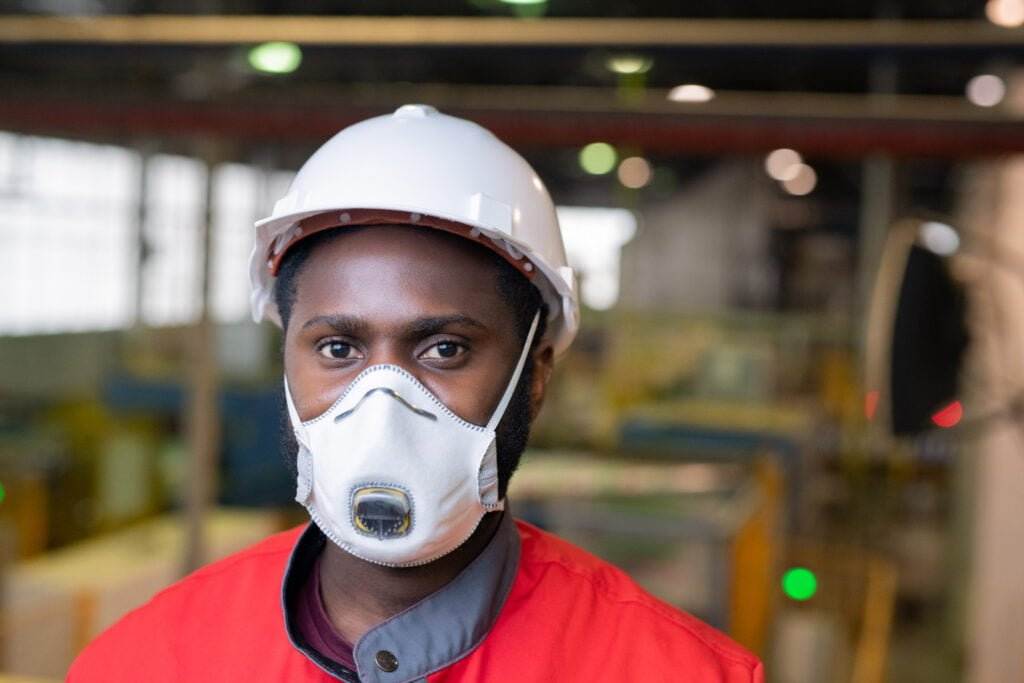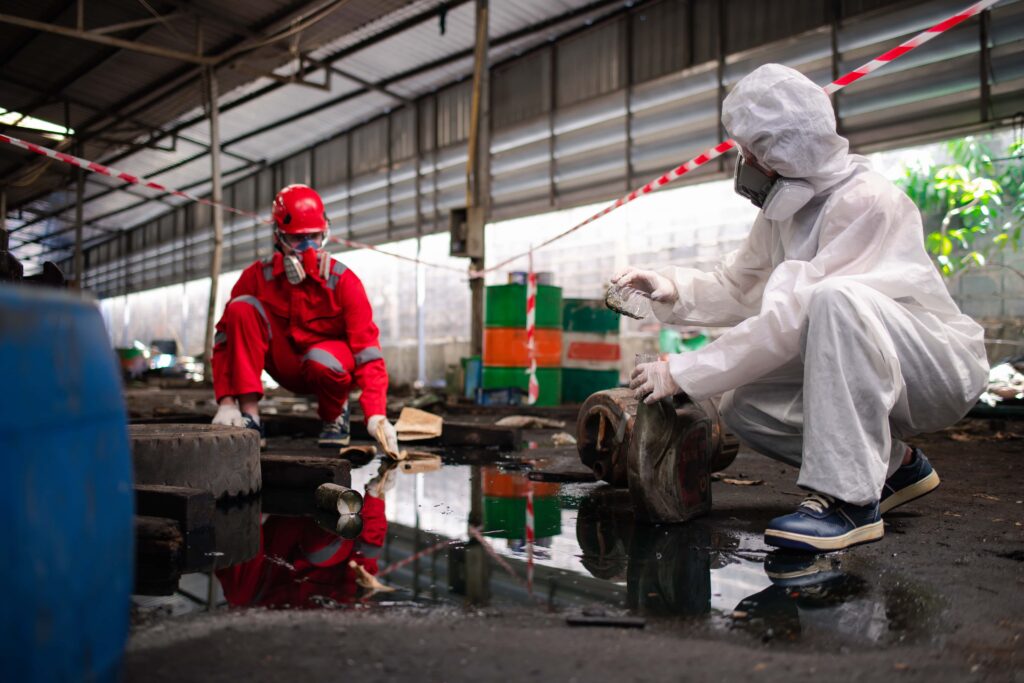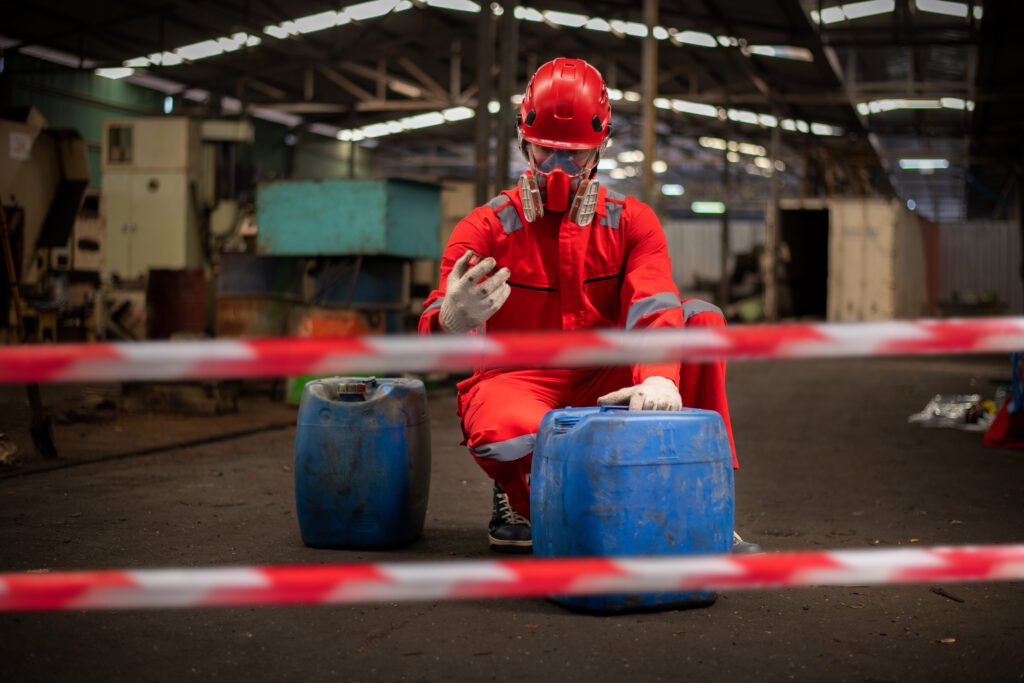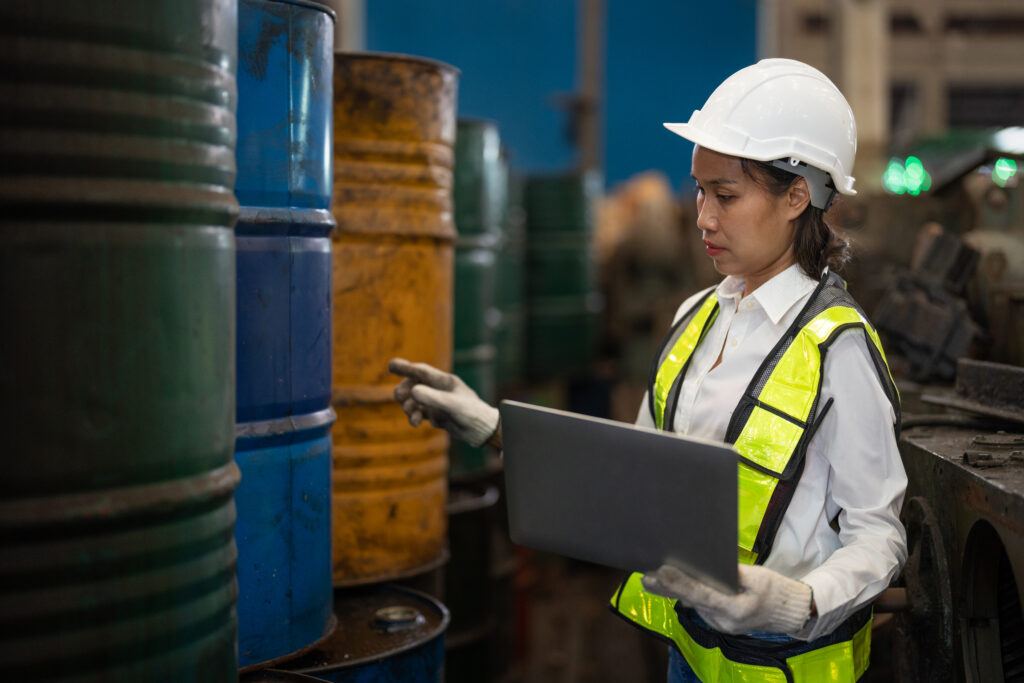Provided by: Three Sixty Safety
Dangers of Silica Exposure
Found in commonly used materials such as concrete, asphalt, coal dust and natural stone, silica particles can be inhaled when dust is created during handling. Review this flyer to learn more about the dangers of silica exposure and related safety practices.
What’s a Little Dust?
Although silica looks like dust, it’s much more harmful to your lungs. Silica dust is a human lung carcinogen, and breathing it in causes the formation of scar tissue on the lungs, reducing lungs’ ability to take in oxygen.
Without proper protection, exposure poses a serious threat to workers. The most severe exposures to silica dust result from abrasive blasting, but those working in cement and brick manufacturing, tool and die, maintenance, and steel and foundry manufacturing are at high risk as well.
Silica Safety Precautions
When working with silica, take the following precautions to protect yourself and others.
- Use all available work practices — water sprays, ventilation systems and blasting cabinets — to control dust exposures.
- If you’re working with a new material, check the label for silica. If silica is listed, refer to the product’s safety data sheet (SDS) for more information.
- Always wear proper personal protective equipment. When respirator protection is required, wear only a N100 NIOSH-certified respirator, or a Type CE abrasive-blast supplied-air respirator for abrasive blasting.
- Make sure you stay properly trained in the use and maintenance of your respirator. Contact your supervisor or other designated person if you need assistance or have any questions.
- Don’t alter the respirator in any way.
- Always inspect your respirator before use. Alert your supervisor and replace your respirator if you find a crack, puncture, tear, leak or any other unusual condition.
- Shave facial hair when you’re going to be working in environments that require a respirator. Even a tight-fitting respirator will not create a good seal between the respirator and your face if you have a beard or mustache.
- Wear disposable or washable work clothes and shower if facilities are available. Vacuum the dust from your clothes or change into clean clothing before leaving the worksite.
- Be aware of the operations and job tasks creating silica exposures in your workplace environment and know how to protect yourself. Ask your supervisor if you have any questions.
- Be aware of the health hazards related to crystalline silica exposure. Habits like smoking can add to lung damage caused by silica.
- Don’t eat, drink, smoke or apply cosmetics in areas where silica dust is present. Wash your hands and face outside of dusty areas before performing any of these activities.
Take Extra Care
Remember, always be cautious when working with silica—a little dust now can have negative affects later. If you have any questions regarding silica safety, consult your supervisor.
This Safety Matters flyer is for general informational purposes only, and is not intended as medical or legal advice.








